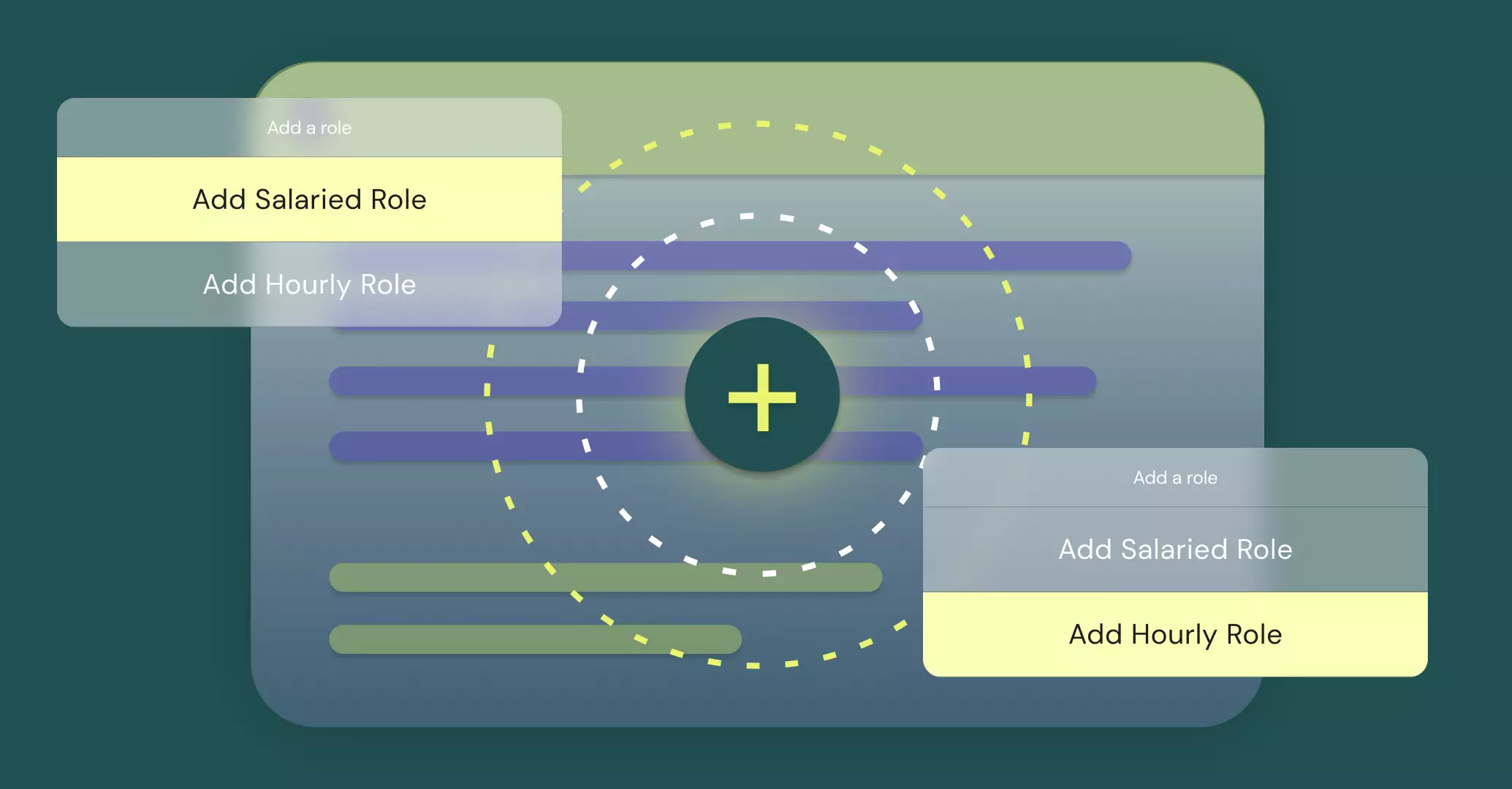Due to a recession and a perpetual labor shortage, many general contractors are taking steps to ramp up their self-performing capabilities. A larger emphasis is being placed on streamlining labor requests and improving how self-perform teams are tracked.
Table of Contents
In this article, we’ll briefly outline what it means to be a self-performing contractor. We’ll also explore the benefits of consolidating your office staff and hourly labor in one tool.
What does self-perform mean in construction?
A self-performing general contractor is a contracting company that uses its own team to take care of key construction activities. For example:
- Masonry
- Framing
- Concrete work
- Framing
This is done instead of hiring third-party contractors to complete the on-site work. The benefits of being a self-performing contractor include the following:
LOWERING COSTS OF OPERATION AS MUCH AS POSSIBLE
Since self-performing contractors work with internal teams instead of outsourcing work, they have a better understanding of schedules and labor requirements. This allows them to be more competitive and accurate when estimating project costs and eliminates the subcontractor selection process.
DRIVING EFFICIENCY WITHIN THE WORKPLACE
Self-performing general contractors have greater control over project schedules and their firm’s flexibility when changes are made to a project. They also have more control over the quality of the work on site.
Everyone has high standards for the work their company does. Using your own team helps to ensure those company standards are met consistently.

Use your workforce data to create a competitive advantage
Download our white paper to see how effective workforce planning can help stay ahead of labor demands and create a strategic project pipeline.
CLEARER COMMUNICATION WITH CLIENTS
Whether using subcontractors or doing self-perform work, it’s the general contractor’s reputation at stake. By taking on more tasks and project phases internally, self-performing contractors are able to streamline communication with their clients, breaking down any silos that would’ve occurred with additional subcontractors as project stakeholders.
Self-performing construction companies also have a better understanding of materials, vendor options, and costs. Making recommendations that are in their client’s best interest provides additional value.
4 Benefits of resource planning software for self-performing general contractors
Self-perform teams often need to be managed on a daily basis. Superintendents will make labor requests, and the Director of Field Operations will often spend time each day consolidating requests. Then they have to locate available team members and notify all stakeholders of project assignments and changes.
There aren’t many tools that allow you to easily track your project and hourly workers in one place. In most cases, a combination of resource management tools and spreadsheets are used. As construction shifts away from manual processes, we wanted to explore the benefits of using the same tool to manage both your office staff and hourly workers.
1. CONSOLIDATE DATA TO SIMPLIFY WORKFLOW VISIBILITY
Keeping data siloed off can lead to miscommunications and eliminate any visibility your organization has on the larger workforce strategy. By consolidating your salaried and hourly employees, you create a single source of truth for your workforce planning strategy. For more information about consolidated, centralized data, read this article.
2. AUTOMATE YOUR WORKFLOWS TO REDUCE MICROMANAGEMENT
Manually inputting every labor request into a spreadsheet and identifying available resources is time-consuming and tedious. Why not take advantage of existing automated workflows that you already have in use?
By consolidating your workforce planning into one tool, you can quickly access salaried and hourly labor requirements. You can also identify best-fit team members for every project task. At a glance, you can visualize who has availability, and better manage hourly workers as they move from one project to another. For more information about workforce management, check out our guide.
When labor requests are made using a workforce planning solution, they’re automatically added to your list of labor requests. This eliminates manual duplicate entry and reduces the likelihood of human error. These tips for construction benefits planning will guide you to plan more effective meetings.
3. INCORPORATE QUICK AND EASY NOTIFICATIONS TO KEEP TRACK OF THE SCHEDULE
The main challenge with managing hourly workers for a self-performing contractor is keeping everyone up to date with project assignments. Field Operations Managers can spend a couple of hours every day sending texts and making phone calls to the respective stakeholders.
Depending on your workforce planning tool, you can send notifications from within the application with a click of your mouse. Being able to send assignment dates and details directly to hourly workers and superintendents means you’re saving valuable time. This opens up more time for your field management team to focus on other priorities.
4. USE RESOURCE MANAGEMENT SOLUTIONS FOR DATA TRACKING
Accurately tracking data over time can be a tall order if you’re using spreadsheets as your primary tool for managing self-perform teams. It can be tedious to update and maintain any historical data as projects are completed. Using a workforce planning solution allows you to customize the data you’re hoping to track for your self-perform team. You can track customizations, project histories, skills and experience. Even something as simple as your team members’ address can be useful to cut down on travelling time for your crews.
Construction workforce management tools, like Bridgit Bench, can help to consolidate project and field operations. Bridgit Bench can also streamline labor requests and project assignments for your self-perform teams. For more information about construction resource management, read our blog.
Think your workforce planning meetings could be more productive?
Download our ebook to learn how to run efficient, effective workforce planning meetings with your team.



